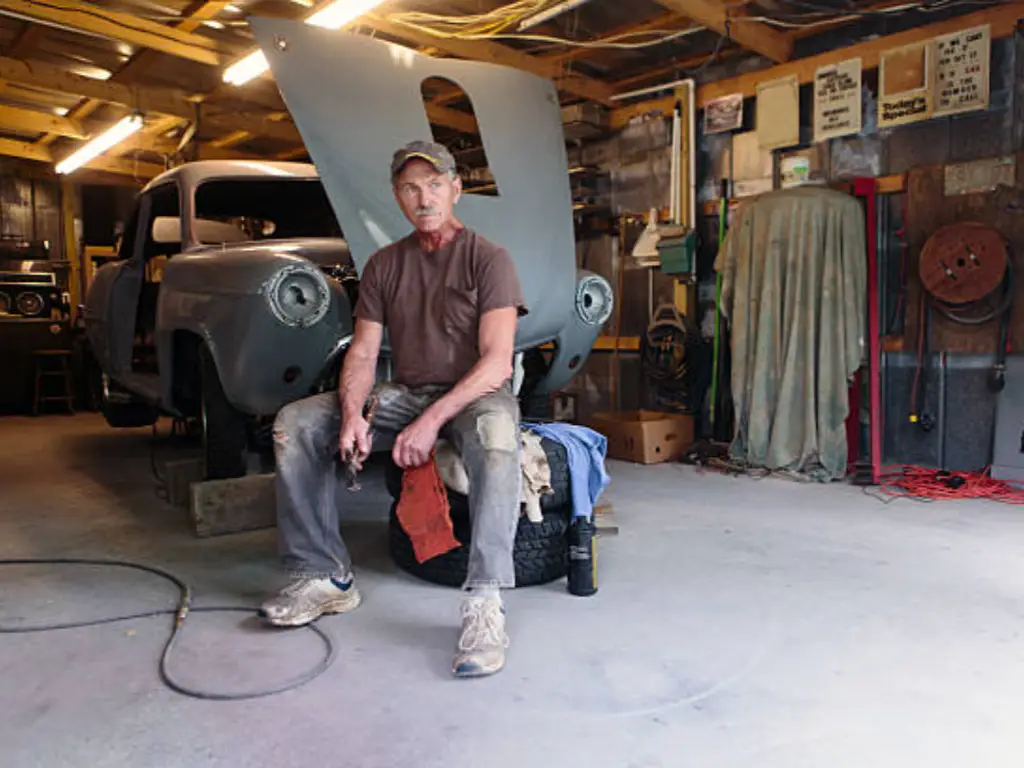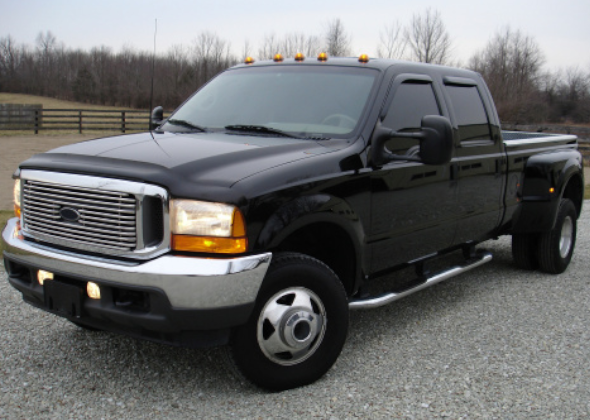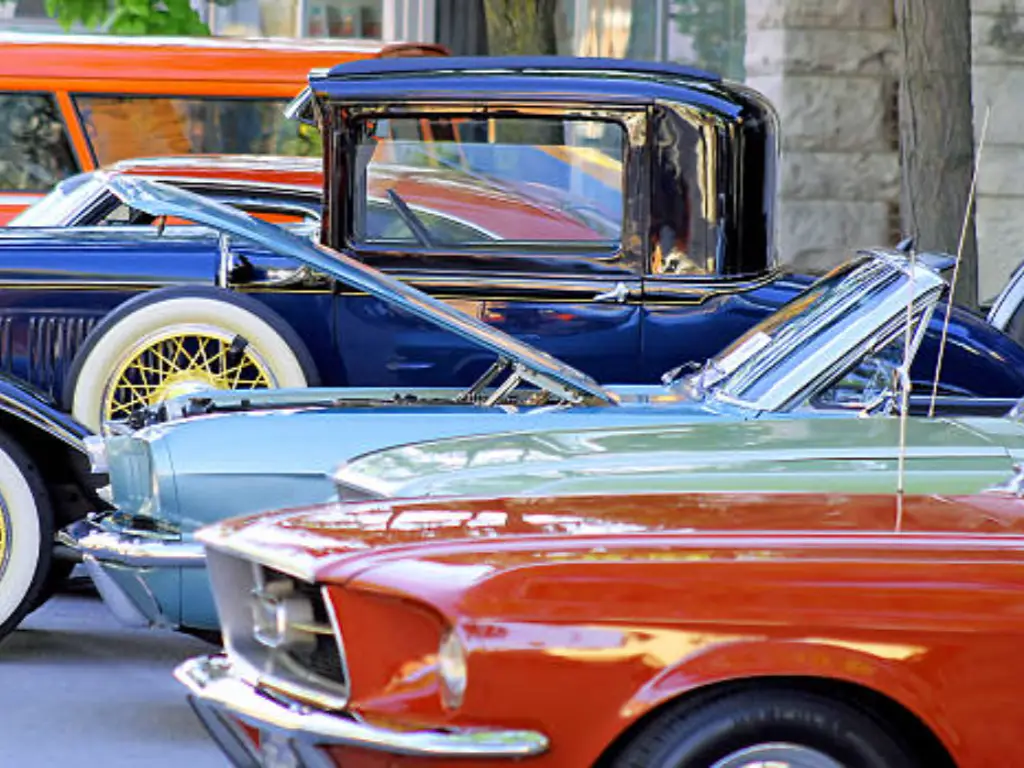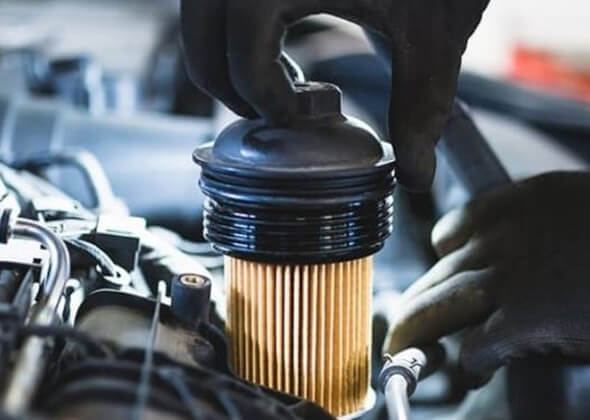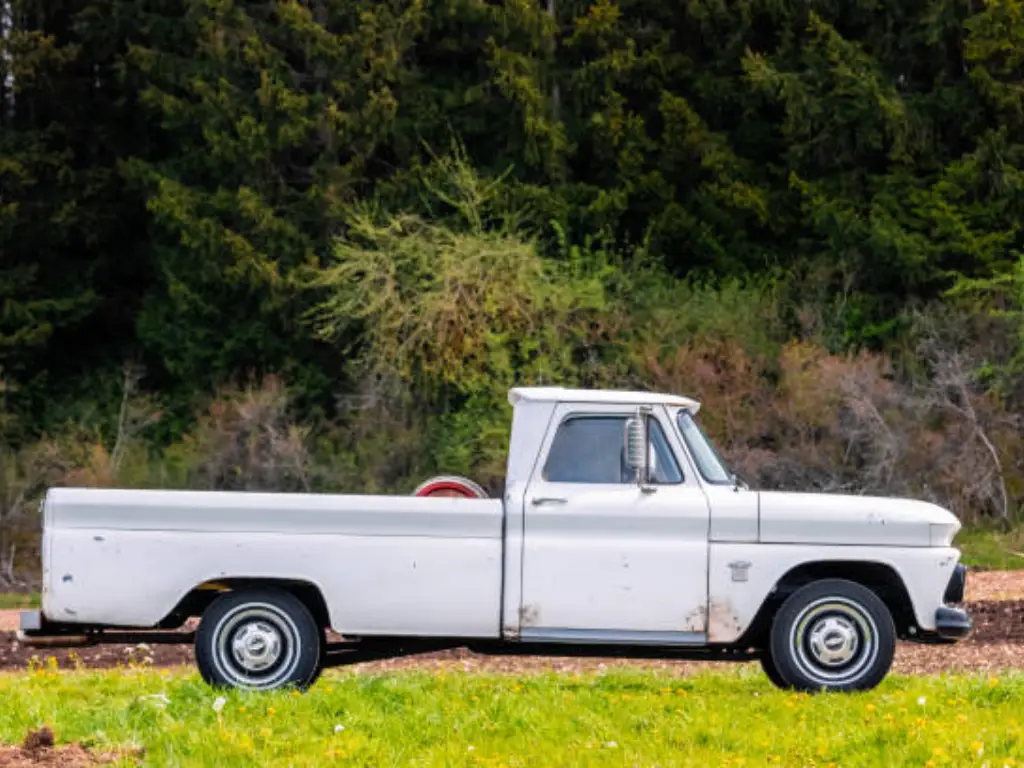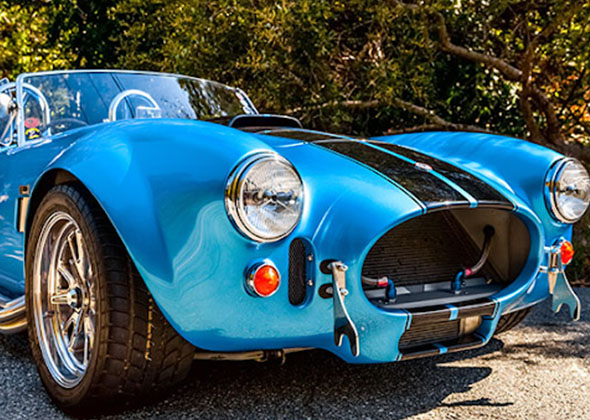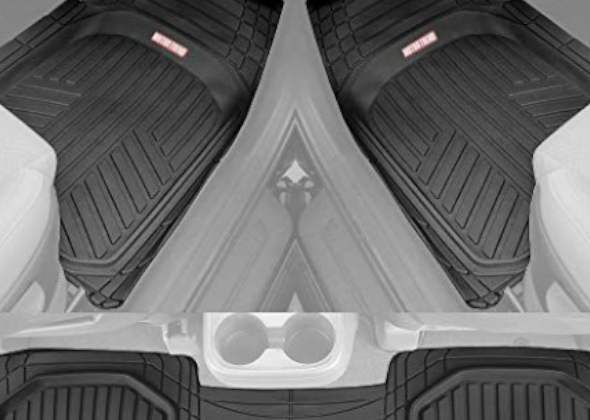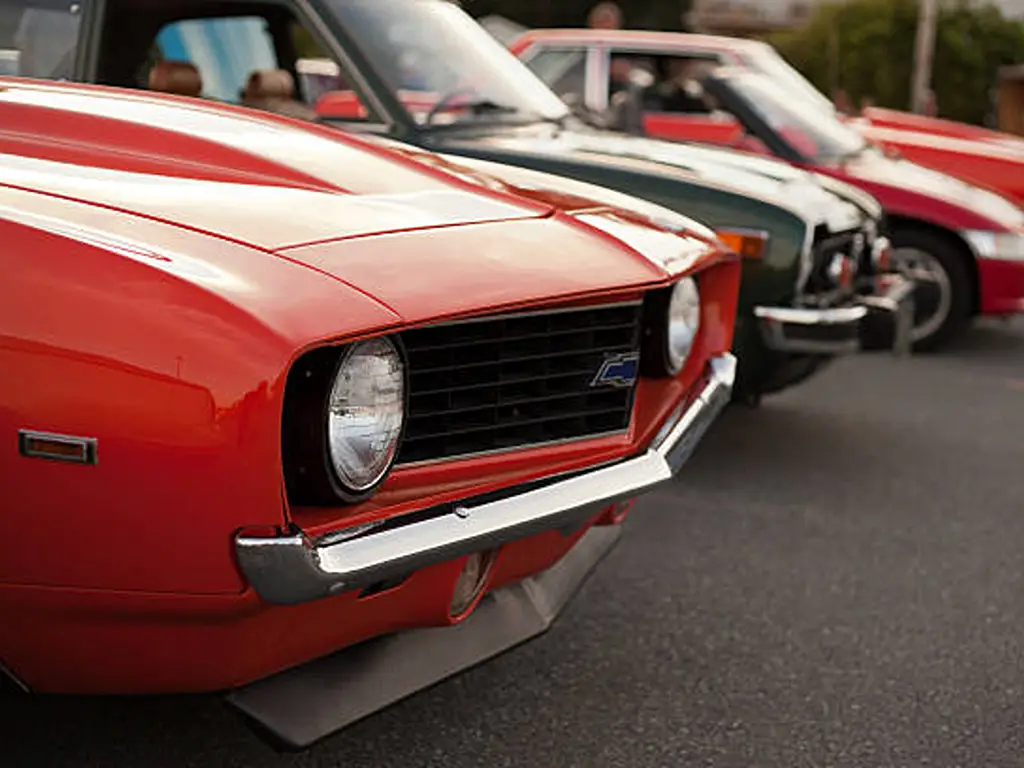
Introduction
Welcome to the golden era of the American automotive industry. The 1960s were not merely a decade; it was a 4-wheeling, high-octane revolution when the American industries in the auto sector were at their adventurous and experimental best! Ordinary manufacturers entered a raging horsepower war, which has handed down some of the most classic and defiant vehicles one has ever seen. It is the age of the muscle car: huge V8s stuffed in mid-sized coupes, built just to reign supreme in straight lines and to provide a pure and unadulterated rush. These were also powerful muscle cars that even a trip to the grocer felt like a drag strip qualification lap.
In this guide, we shall travel back to this golden age and discuss the myths that did not simply drive along the road, but were also its commanders. We are going to judge the most influential models, appreciate their innovative engineering, and figure out why their legacy still strikes the hearts of enthusiasts and car collectors all over the globe, over 50 years after their release. Innovation was unstoppable year in, year out. So hold on tight because we are going to revisit the vehicles that shaped a generation and gave a whole new meaning to car culture.
What Made 60s Muscle Cars So Special?
It is critical to underpin the magic formula before we jump into our list. What made a muscle car different than any other car with a large engine? It was a special coincidence of a philosophy of engineering, a cultural spirit of the times, and market acumen.
It was ruthlessly simple and effective; basically, you took a common, low-end mid-size two-door, stripped it of non-essential luxury, stiffened the chassis, and shoved on the baddest available V8 in the company’s full-size line. It was not the middling, corner-cutting accuracy of a European sports car. The aim was blast-off, rubber-burning, straight-line takeoff, injured-tire power to the people.
It was, however, not a mechanical formula. This decade was the right incubation period for these legends for several reasons:
- The Post-War Economic Boom: A boom hit the economy, giving more cash in the pockets of young America and a new market that wanted thrills to excitement and the need to define itself. As the sports car market started appearing in the world, the United States extracted its niche in the performance market, but larger, louder, and more aggressive.
- Baby Boomer Generation: This huge group of people was entering their adulthood, and they were not after the reasonable sedans of their parents. They desired loud, fast, and visually expressive cars that were on the level of their rebellious self. Such characteristics as front end aggressiveness and unique quarter windows became a visual trademark of the age.
- A Performance Culture: Organized drag racing emerged in the 1960s, and a thriving street-racing culture came along as well. This is what was exploited by the manufacturers directly, as the strategy of their marketing was actually related to the idea of winning on Sunday and selling on Monday. A quarter-mile time of a car became the most essential statistic.
- Relative Lack of Regulation: Prior to the 1970s, the emissions and safety regulations, engineers to enjoy unimaginable freedom. Their motors could be subjected to the greatest possible engine capacity and compression ratios with no concessions, the quest there being to find the final horsepower.
This superstorm produced automobiles that became more than a means of transport. The were items of culture, icons of liberty, strength, and American optimism. They had these machines that were classic of what was called the muscle car era, when it was all about speed and the name of the game was performance, and when it was about style, it was just as big of a factor as speed. They were loud, unapologetic, and undeniably special.
Ranking the Top 10 Muscle Cars of the ’60s
Here they are—the titans of torque, the legends of the quarter-mile. We have lined them up and rated them on a mixture of raw performance, cultural influence, innovative design, and legacy, which they created in the long term. These vehicles characterized the muscle cars of the 60s, generating an era of energy and dissidence that has since then echoed in the present day.
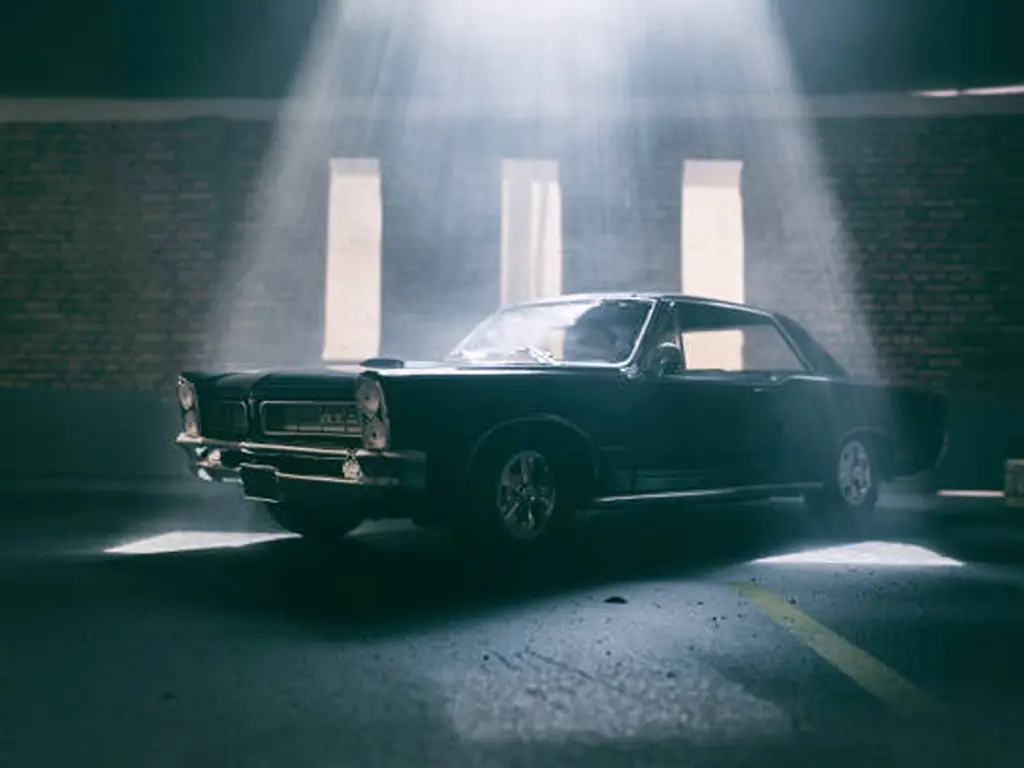
1. 1964 Pontiac GTO
Known in some quarters as the Godfather of 1960 muscle cars, the GTO may not have been the first car to have a big engine, but it was the first car to put it into the most desirable package for the youth market. Pontiac, under the visionary John DeLorean, flaunted an order by the general manager of GM that prohibited the use of huge engines in intermediate vehicles, and it introduced the hugely powerful 389 cubic inch V8 as an option package with the LeMans. The 325-hp package with the heavy-duty suspension and heavy aluminum-alloy exhaust components, the floor-shift manual is known as the GTO (Gran Turismo Omologato). The package became a sensation. It had sold more than 32,000 units in its debut model year, which not only blew away the competition but technically sparked the muscle car wars. The GTO showed that there existed a huge, untapped market of inexpensive performance, and that became the blueprint of every muscle car in its wake.
2. 1968 Dodge Charger R/T 440
In the event that the GTO was the pioneer, the 1968 Dodge Charger R/T was the grand sweeper. Its hidden-headlight grille, its so-called “Coke bottle” body sides, and family-plank roofline with its famous flying buttresses made the second-generation Charger just plain gorgeous evil. It was a work of art in design.
However, the R/T (Road/Track) separate model was not a pretty face. It was equipped as standard with the powerful 440 Magnum V8, which could do 375 horsepower- impressive power outputs within that time, and it was supported with the sturdy TorqueFlite automatic and a hefty suspension. By being the car of the villain in the famous chase scene of the movie Bullitt, it cemented its status as a symbol of intimidating cool. It still is one of the most eye-catching and attractive muscle cars of the 60s that were produced.
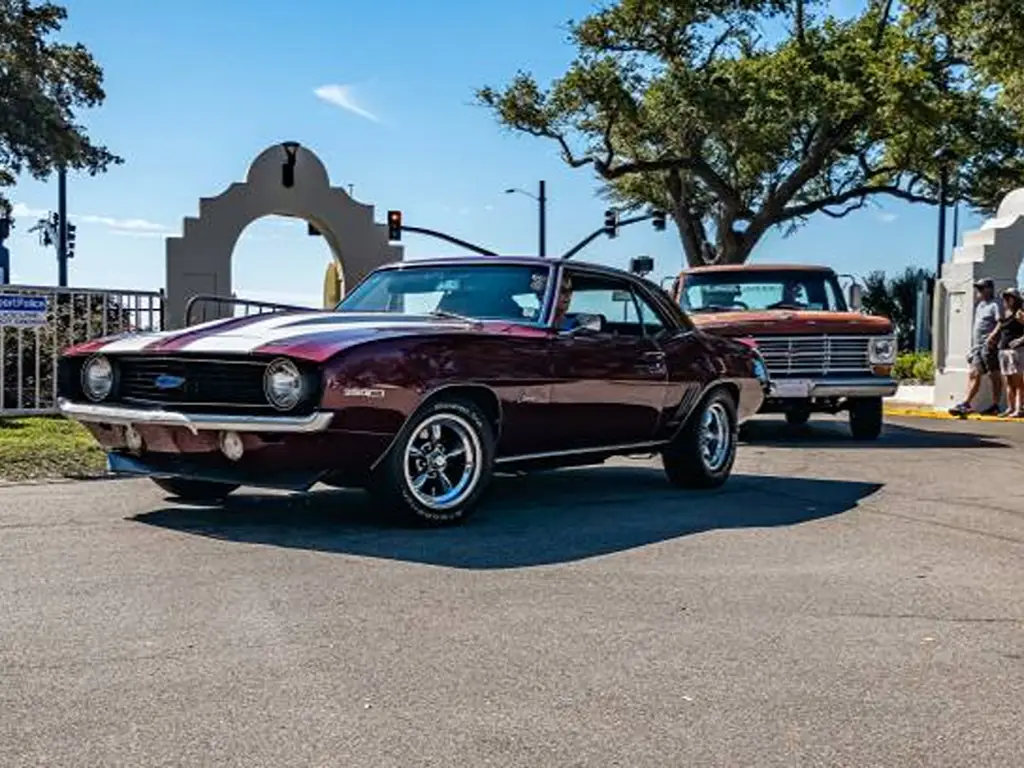
3. 1969 Chevrolet Camaro ZL1
Although the SS and Z/28 Camaros were the baddest badasses in the computing world, the 1969 ZL1 was its own mean mother-f**king street beast–a massively accelerated factory-assembled device of mass destruction. The ZL1 was the creation of drag racer Dick Harrell, who created it through the secret COPO (Central Office Production Order) system established by Chevrolet. Its star attraction was its all-aluminum 427 V8 engine, which was a lightweight miracle with an official rating of a laughable 430 horsepower. As it actually made more than 500 hp with open headers.
This was not a car used by the faint of heart, more of a barely legal drag racer with license plates. Of the ’60s Chevy muscle cars, the ZL1 is the holy grail, with only 69 ever being made. It is a testament to the lengths that Chevrolet was prepared to go to in order to dominate the strip.
4. 1967 Shelby Mustang GT500
By 1967, the adorable Mustang by Ford was ready to graduate into a full muscle car. The man, Carroll Shelby, was the one. He got the redesigned Mustang fastback and made it a fire-breathing monster, the GT500. Within the large, fierce, scooped, vivid fiberglass hood was a huge 428-cubic-inch “Police Interceptor” V8 with a 2Phx4-carburetor head. With a rating of 355 horsepower, it was known to do much more. The GT500 was not only a powerful engine; the aggressive look that consisted of inboard high-beam lights, functional scoops, and a ducktail spoiler gave it a menacing look that was even more impressive than its performance. It was the Shelby masterpiece of muscle, and the icon of the best of ’60s muscle cars.
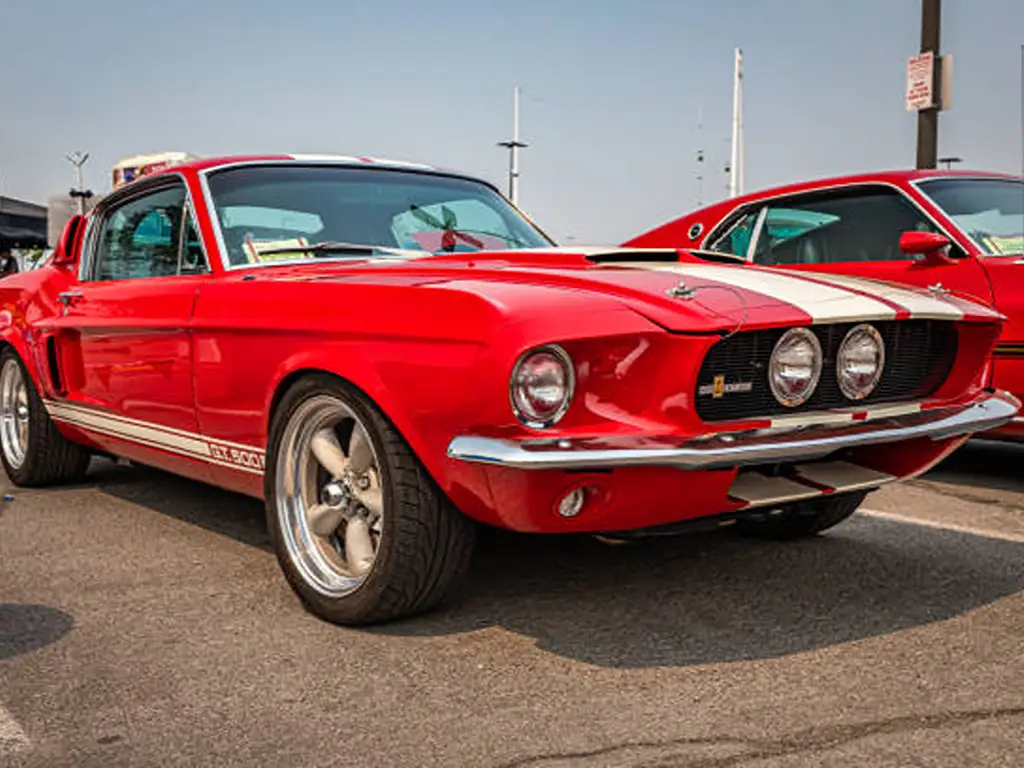
5. 1968 Plymouth Road Runner Hemi
In a market increasingly filled with pricey, option-laden muscle cars, Plymouth saw an opportunity. Their philosophy for the Road Runner was brilliantly simple: deliver pure, unadulterated speed for the lowest possible price. Based on the humble Belvedere coupe, it was a stripped-down, no-frills machine that focused every dollar on performance. It came standard with a potent 383 V8, but the ultimate option was ticking the box for the A12 package with the legendary 426 Hemi engine. With its dual Carter AFB carburetors, the “Elephant Engine” was conservatively rated at 425 horsepower but was a true racing engine for the street. Complete with its signature “Beep, Beep!” horn, the Road Runner Hemi was the undisputed king of the stoplight drags, a blue-collar hero that could humble cars costing twice.
6. 1969 Ford Mustang Boss 429
The Boss 429 was not designed to win street racing; it was designed with an aim to win in NASCAR. Ford was required to sell 500 units to the general populace in order to maintain the legal status of its radical new 429 engine, called the Semi-Hemi in terms of competition. The problem? The enormous engine (made of aluminum heads and massive ports) was too broad to accept a typical Mustang engine cage. The answer was to outsource the work to their performance partner, Kar Kraft, who had to do a vast amount of handwork on the front suspension of every car in order to fit the damn engine in barely. It officially put out 375 hp, but it was far and beyond that. The Boss 429 was the king of a homologation special-a one-off, hand-made, and supremely special automobile created on the track.
7. 1966 Chevrolet Chevelle SS 396
Had the Camaro been Chevy’s pony car, the Chevy Chevelle was its middle-of-the-road muscle tank. In 1966, the Chevelle SS (Super Sport) was redesigned as a full-fledged performance model, and its first motor was a new 396-cubic-inch Big-Block V8. When it reappeared in a variety of tunes, the top-dog L78 version, with lift-for-this performer, rumbled a powerful 375 horsepower with its solid lifter engine and high compression pistons.
Chevelle SS 396 hit all the right notes: it was attractive, only moderately expensive, and very quick. It was the epitome of American muscle car and of the everyman, and a car that could be just as at home cruising on Saturday evening as it could be laying down rubber at the drag strip.
8. 1969 Pontiac Firebird Trans Am
Although the Trans Am name would later become a pop culture phenomenon in the 1970s, it was here to begin with. The 60s Pontiac muscle cars, Trans Am were first introduced in the middle of 1969, and it was originally a packaged handling and appearance option to the Firebird. It was offered only in one color combination: a beautiful and rare Cameo White with blue racing stripes and blue interior. However, it was more than a deal package. Hiding under the hood was the most powerful Pontiac engine, the 400 cubic inch Ram Air IV V8, which had a power rating of 345 horsepower. It handled well: With its awesome suspension and operational Ram Air hood, it was one of the best-handling muscle cars of its time.
And in the event that good old brute force was not your thing, there was also the slightly more civilized Pontiac Firebird Formula, a sibling with a slightly more civil tone to the power. The original Trans Am is a fantastic legend, and only 697 were produced in its first year.
9. 1968 Oldsmobile 442 W-30
Oldsmobiles took a little more refined approach to performance, and the 442 was their gentleman’s express. In the “4-4-2”, the former name of 4-barrel carbs, 4-speed manual, and dual exhausts is referred to. By 1968, it had become a separate model, and the final version was the W-30 package. This brought in the Force-Air induction system that directed the cold, dense air fed into scoops under the bottom front to the carburetor. The 400 cu in V8 offered at W-30 trim was rated at 360 horsepower, but the real twist was the cold air charge. It was a vehicle that put together standards of high class with an aspect that could shock most of its more popular competitors.
10. 1969 AMC AMX/390
American Motors Corporation was always the underdog; however, with the AMX, they showed that they could play with the big boys. The AMX was unlike its competitors, which depended on a 5-seat sedan basis, as it was a radical steel-skinned 2-seat sports car made up of a shortened wheelbase. This caused it to be lightweight and nimble. By being equipped with the 390 cubic inch V8 (which afforded a vigorous 315 horsepower) and the option package known as the Go Package, the AMX turned into quite a potent machine. It was a powerful and elegant performer that provided a specifically different, driver-oriented product, to those supplied by the Big Three, which brought it respect both in the street and on the track.
Here is the 60s muscle cars list above:
| Rank | Model & Engine | Factory HP (Gross) | Est. 0-60 mph (sec) | Est. 1/4 Mile (sec @ mph) | Key Feature |
|---|---|---|---|---|---|
| 1 | 1964 Pontiac GTO 389 Tri-Power | 348 hp | 5.7 | 14.1 @ 101 | The “Godfather” that started the trend. |
| 2 | 1968 Dodge Charger R/T 440 | 375 hp | 6.1 | 14.0 @ 102 | Iconic, menacing design; Hollywood star. |
| 3 | 1969 Chevrolet Camaro ZL1 427 | 430 hp (underrated) | 4.6 | 12.1 @ 116 | Ultra-rare, all-aluminum factory drag racer. |
| 4 | 1967 Shelby Mustang GT500 428 | 355 hp | 6.2 | 14.4 @ 99 | Shelby’s masterpiece of aggressive styling. |
| 5 | 1968 Plymouth Road Runner 426 Hemi | 425 hp | 5.1 | 13.5 @ 105 | No-frills speed with the legendary Hemi engine. |
| 6 | 1969 Ford Mustang Boss 429 | 375 hp | 6.0 | 14.0 @ 103 | Hand-built NASCAR homologation special. |
| 7 | 1966 Chevrolet Chevelle SS 396 | 375 hp (L78) | 6.0 | 14.2 @ 100 | The quintessential everyman’s Big-Block supercar. |
| 8 | 1969 Pontiac Firebird Trans Am | 345 hp (Ram Air IV) | 5.6 | 14.1 @ 102 | Debut of a legend; exceptional handling. |
| 9 | 1968 Oldsmobile 442 W-30 | 360 hp | 5.8 | 14.0 @ 101 | Sophisticated performance with Force-Air induction. |
| 10 | 1969 AMC AMX/390 | 315 hp | 6.5 | 14.6 @ 95 | Unique two-seat design; an agile underdog. |
From Showpiece to Daily Driver: The Reality of Owning a Legend
The glory is documented on the posters hanging on the wall and the grainy pictures in the old magazines, but what is it like to own one of these 60s legends today? It is the indescribable feeling of insertion of the key, the sound of that huge V8 waking up, thumbs up of the drivers behind you, and of being a custodian of a little corner of automotive history. Nevertheless, this happiness is not without a special type of challenge. Original rubber bushings have aged and split, chrome trimmings have dulled, and even the toughest engine pieces are now showing their wear.
It is not the passion of ownership in shopping for the car; it is also the passion of ownership in the maintenance and restoration process. It is in the search for that one great component that will make that particular part of the engine run more smoothly or the door close with that great, solid, satisfying thunk. The biggest difficulty that any enthusiast can have is finding parts that reflect the history of the car, but would give the reliability that we demand, in the present era. And how do you make sure that you have something good enough to put on the ground that would justify the legend you are attempting to perpetuate?
Here is the linkage between passion and preservation. At Sunway Autoparts, we can relate to this journey as we have been through the same path since 2007. In our opinion, preserving these ’60s muscle cars on the road should not become a tiresome trade-off.
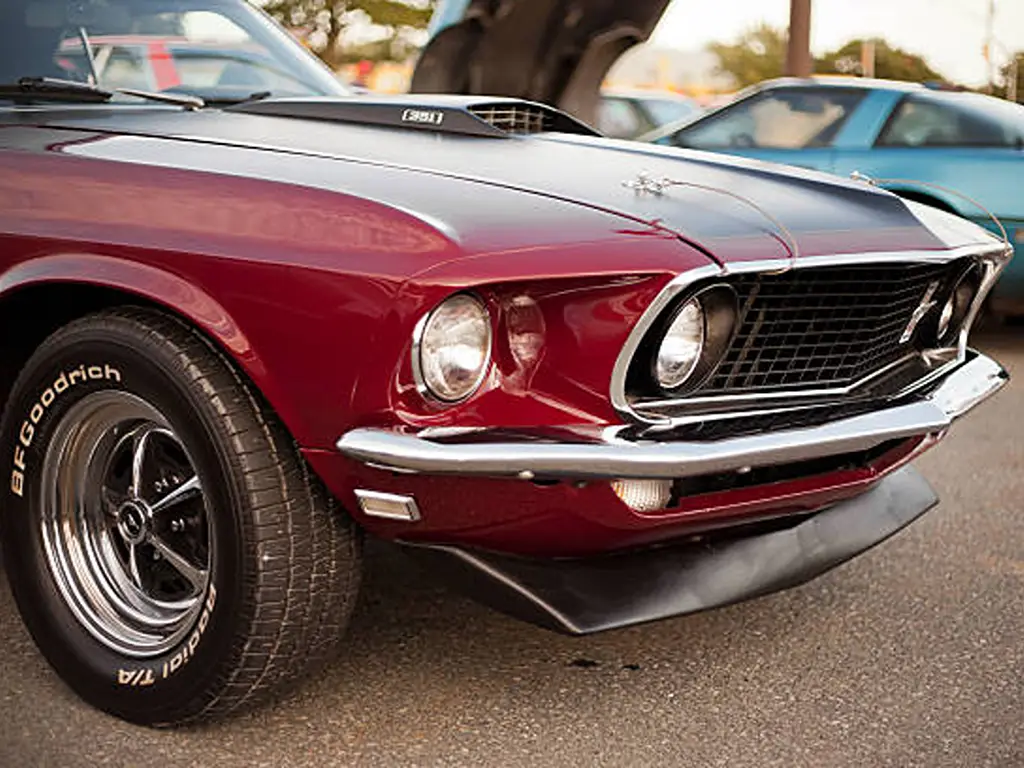
The Sunway Philosophy: Authenticity Meets Modern Engineering
Our mission is pure and simple: we want to be your conservation partner. We address the most concerning problems of classic car enthusiasts because we carefully re-engineer the parts to be of the same specifications as the original version, both in terms of fit and finish, yet frequently requiring even higher durability. We utilize current-day precision manufacturing state and craft our parts to fit. Nevertheless, the first time, despite the adjustment, and painfully cut your labor hours and got your job back on the road.
Being a highly specialized manufacturer with profound competence in the supply chain, we govern the industrial chain for a large variety of product types with hundreds of different product forms. This will enable us to offer a wide variety of parts to classic models such as Pontiac, Ford, Chevrolet, and Dodge that include the model classics of the 1920s through the 1990s.
- Sick with the chase? Our large offering is a one-stop source. Even the challenges on a project, such as sourcing or custom-fabrication of hard-to-get components, can be transformed into a high-value opportunity.
- Concerned with quality? Our strength is that we are a stable manufacturer/reliable upstream manufacturer. We want to provide high-quality products with a high level of consistency, stable inventory, and a wide variety of ordering processes.
- Looking to have a trusted partner? When you work with us, you enjoy the benefit of having a high-quality source of restorations that you can control. Making the right choices, providing the correct parts within the shortest time possible, and at a reasonable price, empowers you to finish your project with confidence because with us, all you may need to do is the right thing.
There is more to this than simply purchasing a replacement part when you use Sunway Autoparts; you will be investing in the future legacy, and as a result, your section of muscle car history is going to roar louder in the future.
Conclusion
The 1960s were a short-lived lived magical period in automotive history. It was the era when it was more important to feel passion, power, and personality rather than being practical and prudent. Earth-shattering torque of a Hemi to the reverent beauty of a fastback Mustang, the muscle car giants of this decade are the embodiment of engineering swagger and counterculture. They represent an era where whatever you could imagine was possible and every expressway was a highway to freedom.
These machines are no longer relics of the past. They are purposeful and cherished legends, bound by a devoted group of fans that realizes their significance. They provide a good reminder of a time filled with unprecedented American optimism and unsurpassable ambition of the American automobile industry. Years later, when the tire smoke has mostly cleared up, the memory of these road-ruling machines will continue to live on–and live on–undisputably, undoubtedly–the kings of our American road.


